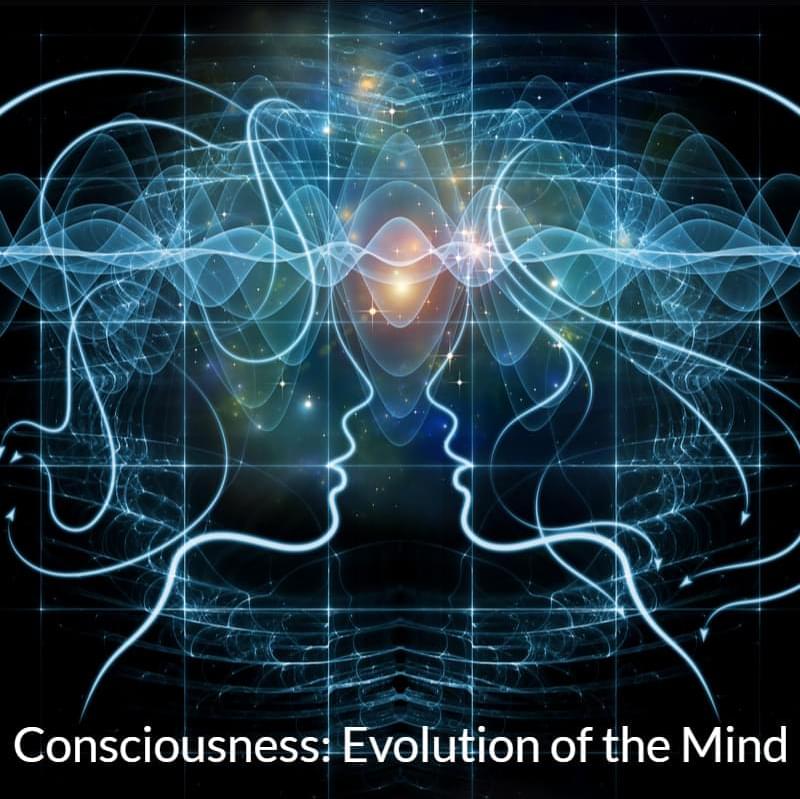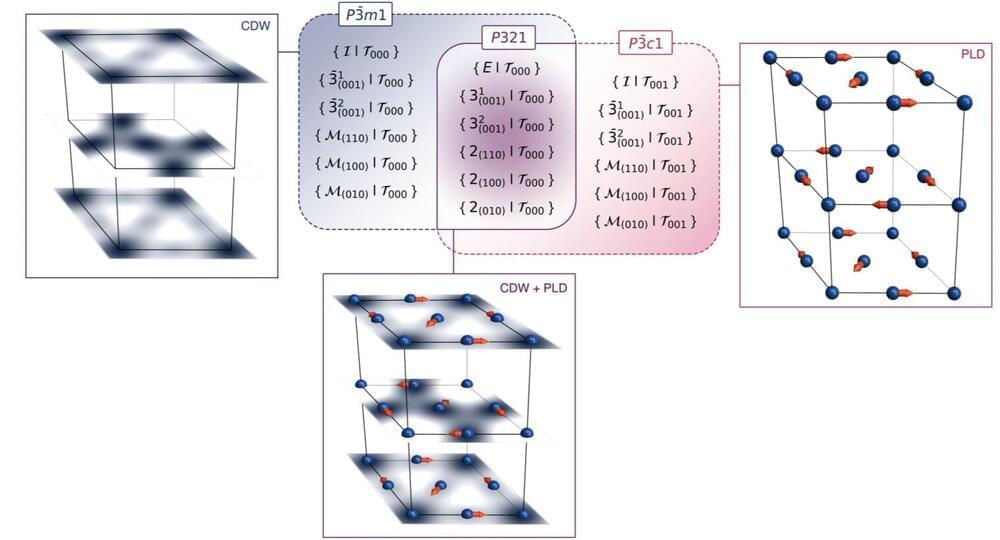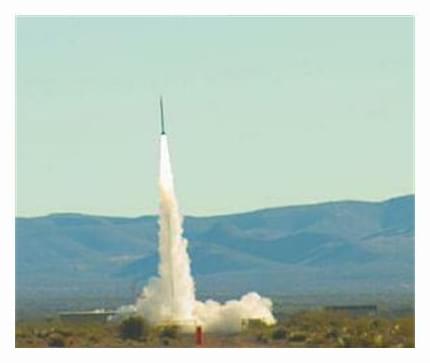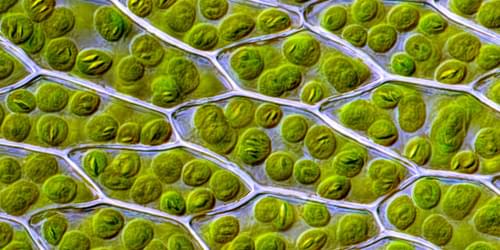Nov 20, 2024
Cortical Codes for Generating Three-Dimensional Experience
Posted by Dan Breeden in categories: biological, robotics/AI
In 2024, the Kavli Institute of Brain and Mind will reach its 20th anniversary. To celebrate this milestone, we hosted a special symposium on Monday, October 28, 2024 at Salk Institute-The Generative Mind: Biological and Artificial Intelligence. Please enjoy the presentation \.

















